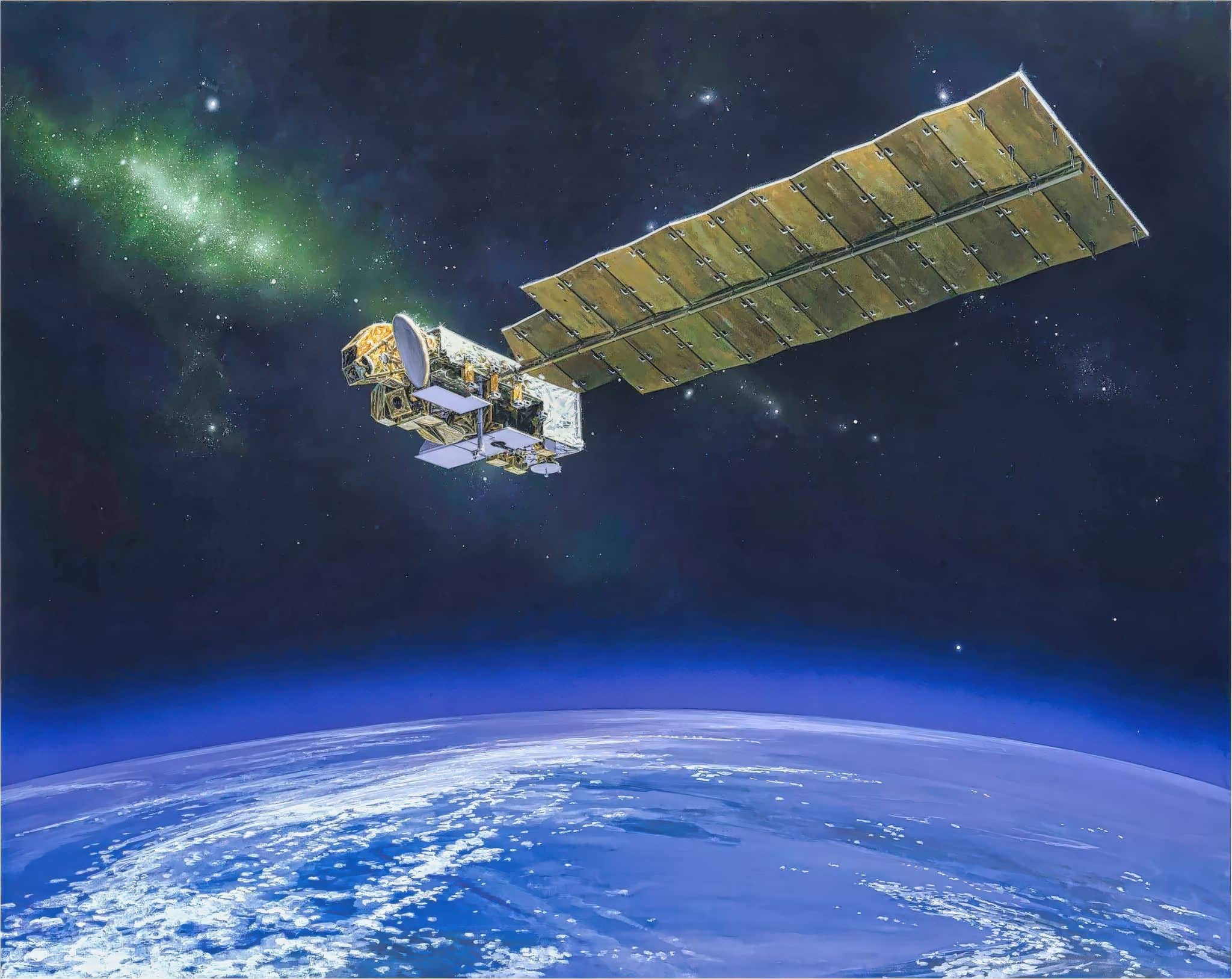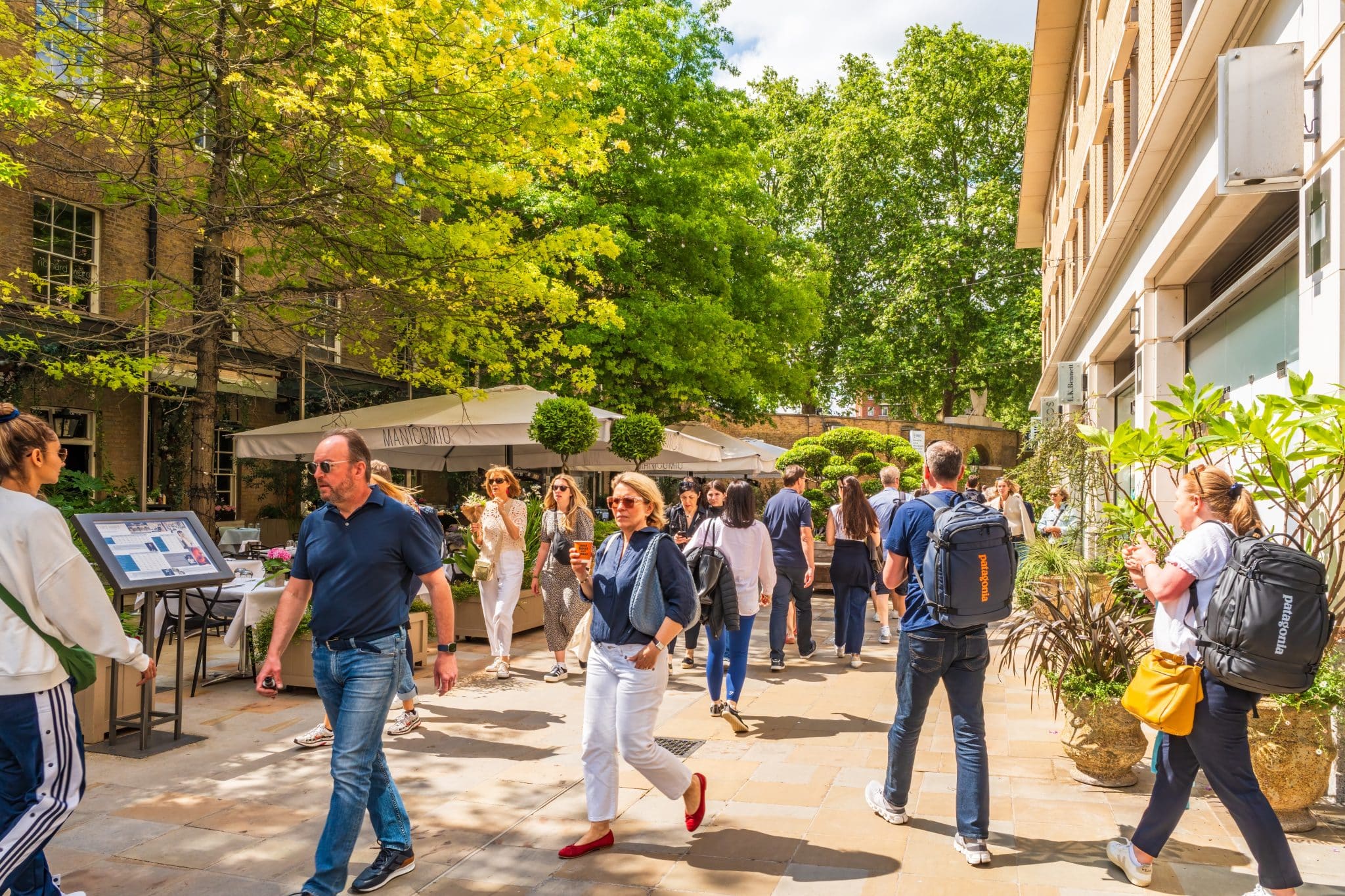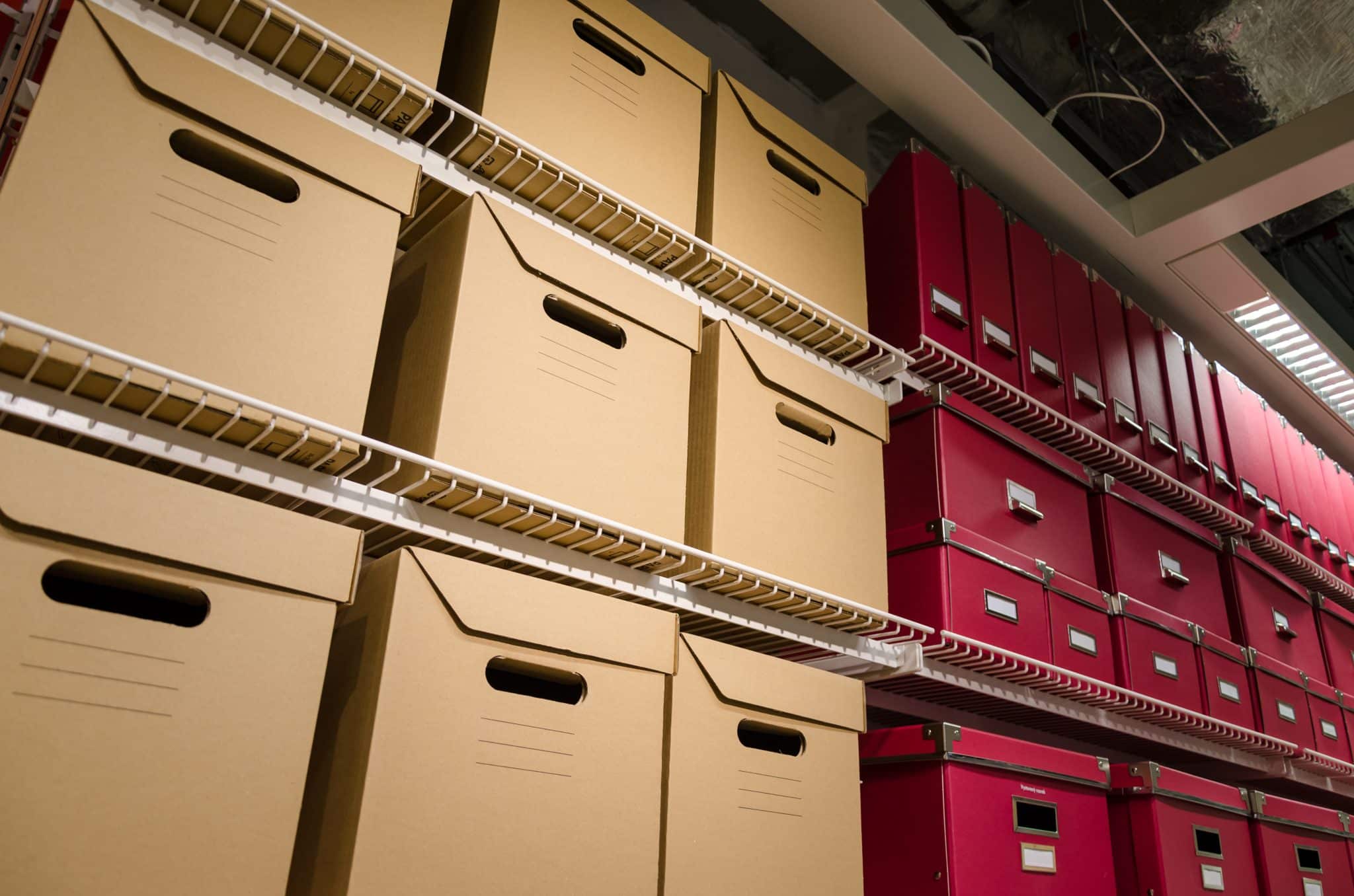Crowds as Fluids: Rethinking Human Movement through the Lens of Physics
 In an age increasingly defined by mass gatherings—be they music festivals, sporting events, demonstrations, or public transport surges—understanding how people move collectively is not merely academic; it is a matter of public safety.
In an age increasingly defined by mass gatherings—be they music festivals, sporting events, demonstrations, or public transport surges—understanding how people move collectively is not merely academic; it is a matter of public safety.
Fascinatingly, researchers have turned to the world of physics to draw compelling analogies between crowd dynamics and fluid behaviour. From Newtonian to non-Newtonian models, this interdisciplinary perspective offers both clarity and caution when it comes to human movement in crowded spaces.
The Fluidity of Human Movement
Comparing humans to particles in a fluid may initially seem simplistic. After all, people possess agency, emotion, and cultural context. Yet, under certain conditions—particularly high-density scenarios—the collective behaviour of humans bears a striking resemblance to the predictable flow patterns of fluids.
In low-density environments, people behave like particles in a Newtonian fluid such as water or air. In such fluids, the relationship between applied force (shear stress) and resultant movement (shear rate) is linear and consistent. Similarly, individuals in a sparse crowd move freely and respond predictably to external stimuli like signage or ambient cues.
As crowd density increases, however, this analogy becomes more sophisticated. Just as viscosity resists motion in a fluid, interpersonal friction reduces mobility within a crowd. When people are tightly packed, even minor shifts ripple through the group like waves in a viscous liquid, altering the collective flow.
Newtonian Analogy: Order in Density
 Under a Newtonian framework, crowd flow can be modelled using equations such as the continuity equation:
Under a Newtonian framework, crowd flow can be modelled using equations such as the continuity equation:
Flow = Density × Velocity
This equation illustrates how a crowd’s throughput depends both on how tightly packed people are and on how fast they can move. At moderate densities, adding more people may initially enhance flow as movements synchronise. Yet beyond a critical point, rising density suppresses velocity and ultimately chokes flow—resulting in congestion or even dangerous crushes.
Such principles have real-world applications. Architects and urban planners use them to design exits, corridors, and public venues. Transport engineers apply them to optimise flow in busy underground stations. Event organisers depend on them to stagger entry, reduce congestion, and maintain safety.
Non-Newtonian Crowds: Chaos Under Pressure
However, human crowds do not always behave like Newtonian fluids. Often, their ‘viscosity’—or resistance to movement—is not constant. Under conditions of stress, urgency or emotional upheaval, their behaviour shifts unpredictably. This is where comparisons to non-Newtonian fluids become revealing.
In physics, non-Newtonian fluids such as ketchup or oobleck change their viscosity in response to applied force. Oobleck (a non-Newtonian fluid made from a mixture of cornstarch and water), for instance, stiffens when hit sharply but flows under gentle pressure. Crowds can exhibit similar changes. Under normal conditions, they may flow smoothly, but under duress, they can seize up—sometimes catastrophically.
Shear-Thinning and Shear-Thickening Behaviours
Shear-thinning behaviour arises when increased pressure leads to smoother movement. A classic example is seen in airport queues: time pressure often compels passengers to align with others, reducing friction and increasing flow.
Conversely, shear-thickening is the hallmark of crisis. In extremely dense settings, a slight push can trigger resistance that immobilises the crowd. The outcome mirrors cornflour in water: fluid under calm conditions, but suddenly solid when stressed. This dynamic has been observed in tragic incidents such as the 2022 crowd crush in Seoul, where confined spaces and abrupt movement turned the crowd into a dangerous, immovable mass.
Yield-Stress Zones
Some crowds demonstrate yield-stress behaviour—remaining static until a critical force threshold is met. For instance, a group awaiting entry at closed gates may remain motionless until the gates open, at which point movement is triggered. These zones can behave like materials that require activation before they flow.
From Analogy to Application
Understanding crowds through the lens of fluid dynamics has wide-reaching implications. Emergency planners use these models to simulate evacuations. Venue designers apply them to shape paths that maintain fluidity even under strain. Police and security personnel use them alongside behavioural insights to anticipate and manage congestion.
By adapting the Navier–Stokes equations—central to fluid dynamics—to include human factors, researchers can predict where blockages may occur. Social force models, which represent individuals as particles influenced by internal goals and external pressures, help simulate group behaviour under different scenarios. Advanced agent-based models introduce variables such as group dynamics, urgency, or mobility limitations, painting a rich picture of how crowds evolve in real time.

Psychological Viscosity
Yet, it is crucial to remember that people are not molecules. Psychological factors—fear, confusion, cooperation—can transform an orderly flow into chaos. Panic can act as a disruptive multiplier, converting shear-thinning behaviour into dangerous, shear-thickened stagnation. Social norms may delay movement until others act, forming temporary yield-stress conditions.
This psychological dimension is what distinguishes human crowd dynamics from pure fluid mechanics. The models are powerful, but they must be supplemented with an understanding of social context and emotional state.
Rethinking Public Safety
As our cities grow smarter and events draw larger crowds, blending the lessons of Newtonian and non-Newtonian physics with social science is essential. Smart design—such as wider walkways, curved passages to prevent bottlenecks, and real-time monitoring—can prevent many of the conditions that lead to crowd crises.
Real-time sensors and machine learning systems now allow event managers to monitor density, predict pinch points, and deploy preventative strategies early. Even simple interventions—like calming announcements or well-trained stewards—can help mitigate panic and maintain flow.
 Conclusion: The Human Flow Equation
Conclusion: The Human Flow Equation
Humans are not droplets or gas molecules. Yet, in dense crowds, we behave collectively in ways that often echo fluid mechanics. At times we flow easily, at other times we thicken under pressure or stall until prompted. These analogies offer more than intellectual curiosity—they equip us to design better, safer spaces.
Crowds are simultaneously physical systems and psychological organisms. To manage them effectively, we must respect both dimensions. By embracing the dual analogy—Newtonian for everyday flow, non-Newtonian for crisis—we stand to better predict, manage, and protect human life in the crowded environments of the modern world.

Blog written by Ben Crabb, Resilience Capability Lead for Crowd and Events Safety.





